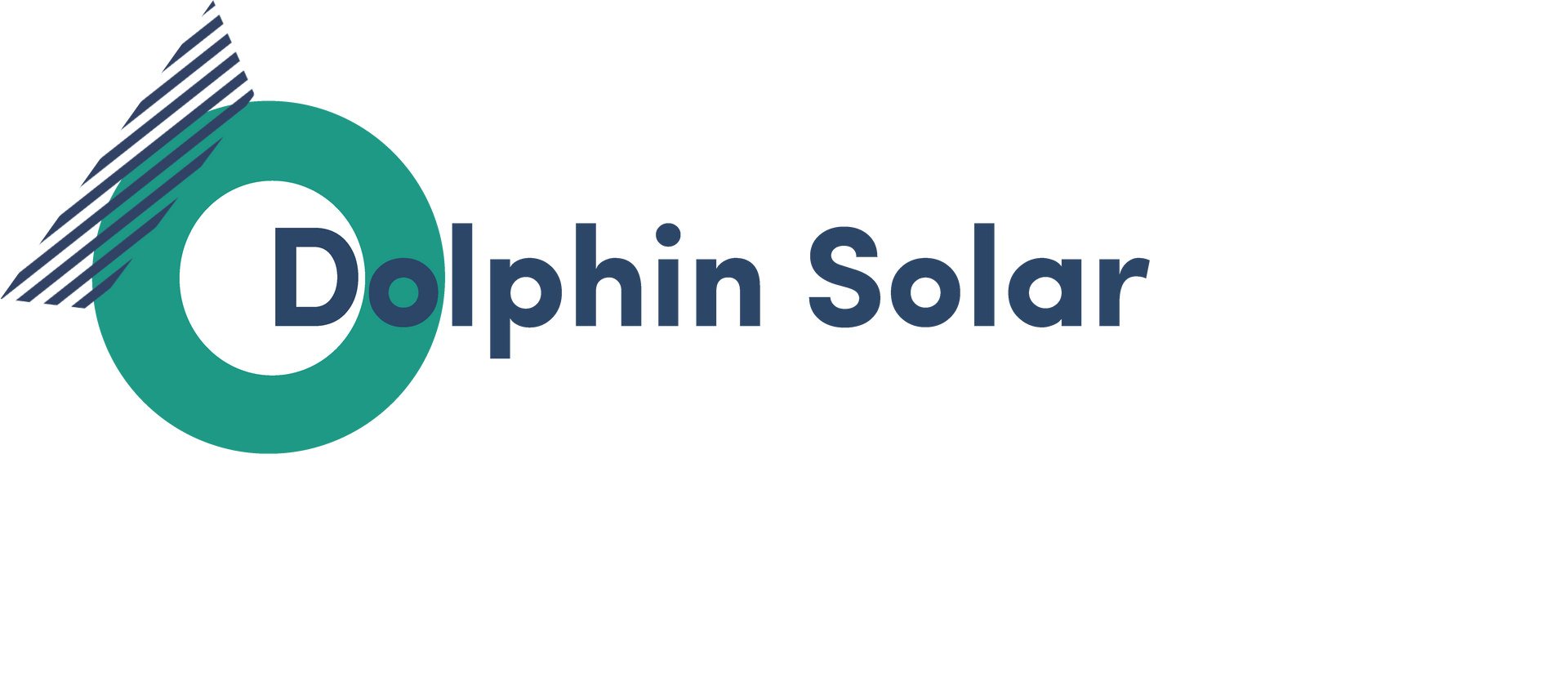Solar Explained
If you want to learn more about how solar photovoltaic (PV) panels convert sunlight into electricity, this is a good place to start!
Panel Composition
Photovoltaic (PV) solar panels are composed of monocrystalline solar cells confined between glass with a metal frame. The silicon, glass, and metal framing used in the manufacture of solar panels are non-toxic. The interior components of a PV solar panel consist of solidified materials that won't ever leak liquid or gaseous materials into their surroundings, causing no harm to humans nor the environment.
Land Stewardship
Dolphin Solar will maintain and protect the leased land during the life of the Project, after which it will revert to the owner’s control and be available again for traditional farming after full decommissioning of the site. Solar development and traditional agricultural can co-exist side-by-side, and increasingly are found together. Responsible solar development provides benefits to both agriculture and local ecosystems by improving soil health over time, increasing biodiversity, retaining water and topsoil with deep-rooted vegetation, and nurturing native pollinators which support local food production.
Greenfield Solar Development
Dolphin Solar is a 700 MW utility-scale solar development situated on 4,500 acres in Fountain County, Indiana. This project aims to produce sustainable energy while providing a noteworthy economic boost of $700 million to the Fountain County community and the State of Indiana.
This project is anticipated to generate enough electricity to serve approximately 115,000 homes annual electric needs with clean, renewable energy interconnected to the grid. These facilities help to reduce carbon emissions, improve air quality, and increase energy independence. Moreover, Dolphin Solar will provide a reliable and sustainable source of electricity that can help to meet the growing energy demands of modern society, in a clean, reliable way.













